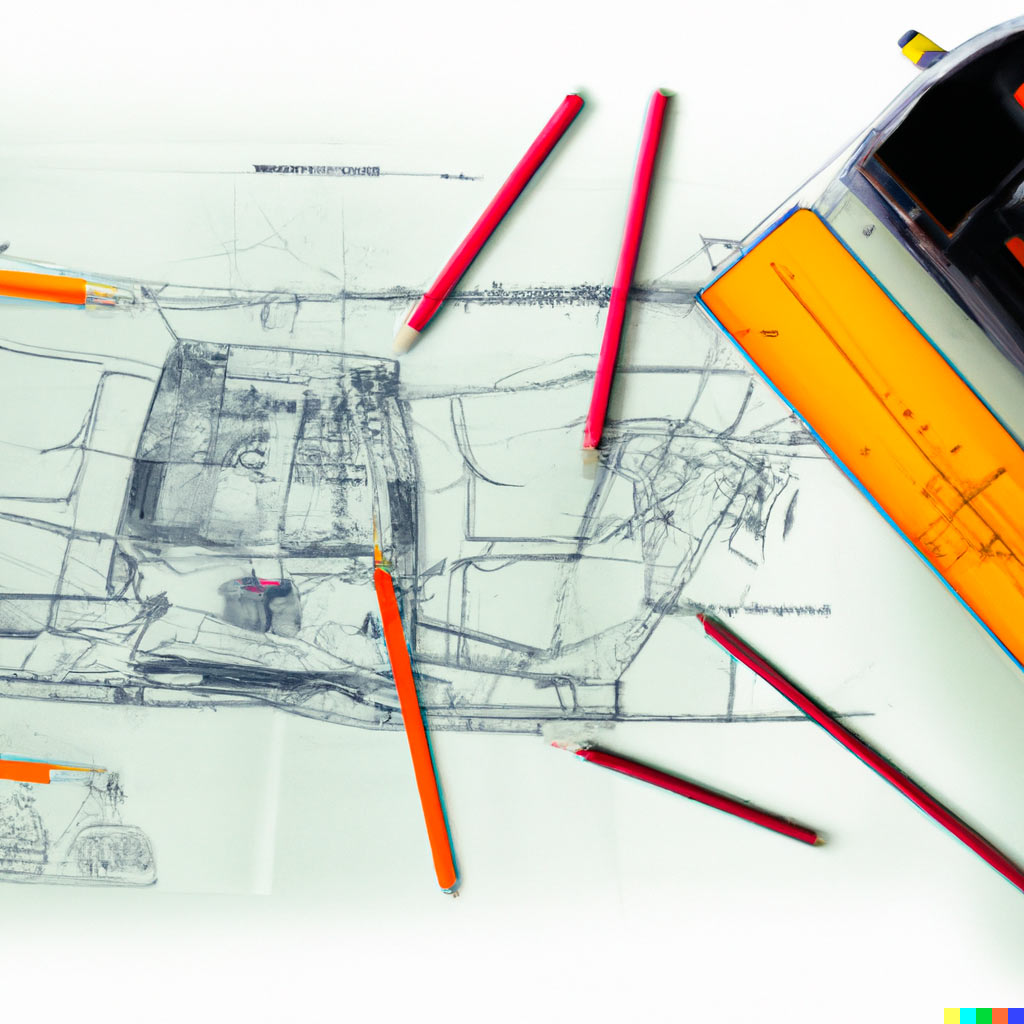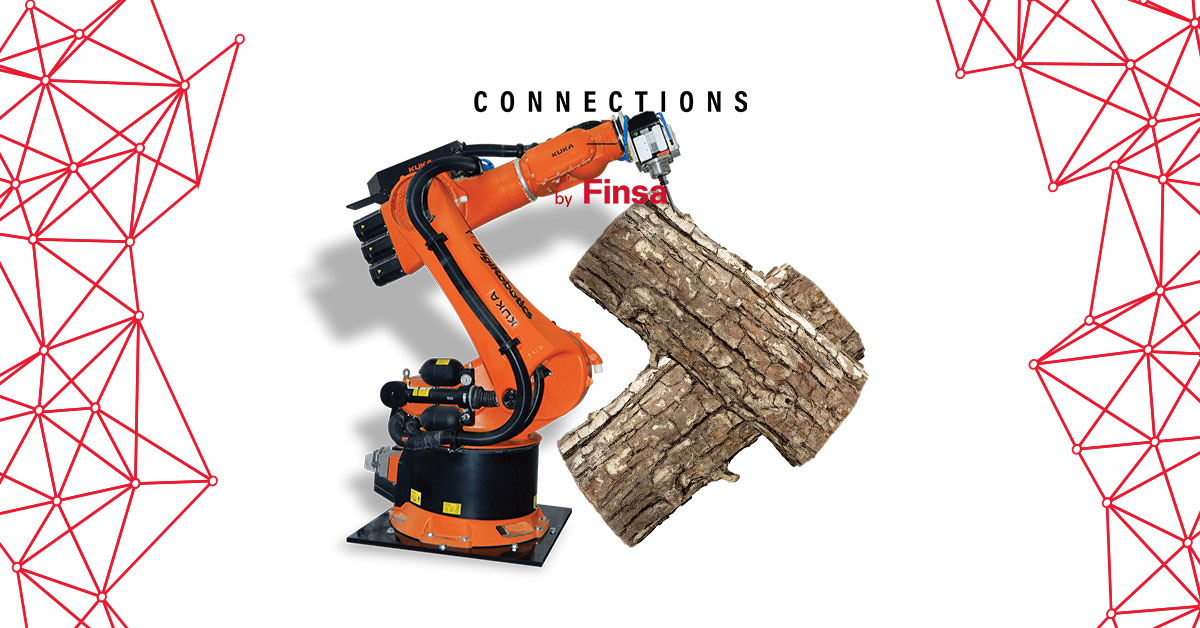Can artificial intelligence really help us improve our architecture and interior design projects? What do the smart assistants of today have to offer us? We here at Connections by Finsa want to inform you of some of the key facts so that you can start to try and experiment with some of these different tools, which are definitely here to stay.
Why is this artificial intelligence’s time to shine?
We live in a world dominated by algorithms (i.e., organised sets of instructions, steps, and processes), from things as simple as your Netflix or shopping recommendations being derived from your search history. The big post-pandemic digital acceleration resulted in the perfecting of technologies that feed these digital footprints so that they can be used in different sectors.
Artificial intelligence is one example of this. At less than 70 years old, it’s a relatively recent technology development, yet it already allows us to manage huge quantities of statistical data and do things like detect trends and provide recommendations based on that data, or even make those trends a reality.
With the exception of some very technical use cases, artificial intelligence reached the masses in 2018, when Google launched Google Duplex, a service that is currently being redesigned. This tool allowed a smart assistant to make appointments via telephone using a voice that was similar to that of a person.
The next milestone came about in 2020 with Chat GPT by Open AI. The autoregressive language model, which uses deep learning to produce text that is similar to that which would be produced by a human, is still around today. It was followed by text-to-image systems including DALL-E (also by Open AI), Midjourney, and Stable Diffusion.

What types of artificial intelligence exist and how do they work?
Keeping one foot in the real world and the other firmly in science fiction, two types of artificial intelligence can be identified:
- Weak artificial intelligence: solves specific and well-defined problems, something that machines learn to do via patterns and repetitive trends thanks to algorithms that have been programmed by people. Some examples of this technology arethe smart assistants on our mobile phones, and those made by Google and Amazon.
- Strong or general artificial intelligence: this is what we are headed towards, but for the moment it only exists in films like Blade Runner or The Matrix. It is made up of complex systems that make decisions in a proactive, deductive, and self-aware way.
How does artificial intelligence work? By using automated learning based on the data that we provide it with. An example is the qualitative jump in machine translation engines such as Google Translate or Deepl, which went from translations based on syntactic rules to basing their responses on millions of examples of real translations, making them much more accurate than they were before.

Artificial intelligence in architecture and interior design
Now that we’ve analysed daily use cases, it’s time to think about how it affects our sector. How is AI being used in architecture and interior design? Here are five notable initiatives and analyses:
- GAUDÍ, the generative model that uses text to create 3D images designed by Apple.
- Point-E, another 3D modelling tool by Open AI, the same company that brought artificial intelligence to the masses.
- Artificial intelligence that supports, documents, and resolves problems in unplanned urban areas. This project by the Institute for Advanced Architecture of Catalonia uses the mapping of empty spaces to take advantage of infrastructure nodes to generate new connective networks between streets.
- Urban Voids: a system that uses urban and social data to find the best place for a new café, a certain type of store, housing, schools, or a hospital.
- Renderman: a study that is trying to refine visualisation and rendering tools to help us make better architectural decisions.

The future and the dilemmas of artificial intelligence
The reality is that artificial intelligence is already winning art prizes. Jason M. Allen, who won the Colorado State Fair with his AI-generated piece called Théâtre D’opéra Spatial, has said that “it’s no different to using Photoshop or some other type of editing program”. This technology is causing a lot of controversy because it has the potential to render certain jobs unnecessary and because it is fed by works that are protected by intellectual property laws. You can find out more about some of the problems with artificial intelligence in this article.
AI takes advantage of a process called web scraping that analyses webpages, even what has been emitted by editing programs, which don’t have an ‘opt-out’ to avoid the automatic public sharing of what we create on our devices. Texts, images, and videos can also be used to produce very sophisticated deep fakes. But can we really put a stop to any of this? Or do we just have to accept that AI is inspired by others in the same way that real people are when they see another’s work?
But, as we already mentioned, working with artificial intelligence is more complicated than just writing out a line of text and being provided with a perfectly detailed project in return. In fact, platforms like Promtbase sell quality indicators for writing these descriptions so that this technology can give us what we need.
Ver esta publicación en Instagram
At the moment, all we can do is list the challenges and predictions about the future of a system that is definitely here to stay. We’d love for you to share your ideas and first impressions about artificial intelligence on social media using #ConnectionsByFinsa. We’ll keep you up to date with all the latest in this field so that you can make informed decisions in your architecture and interior design projects.




